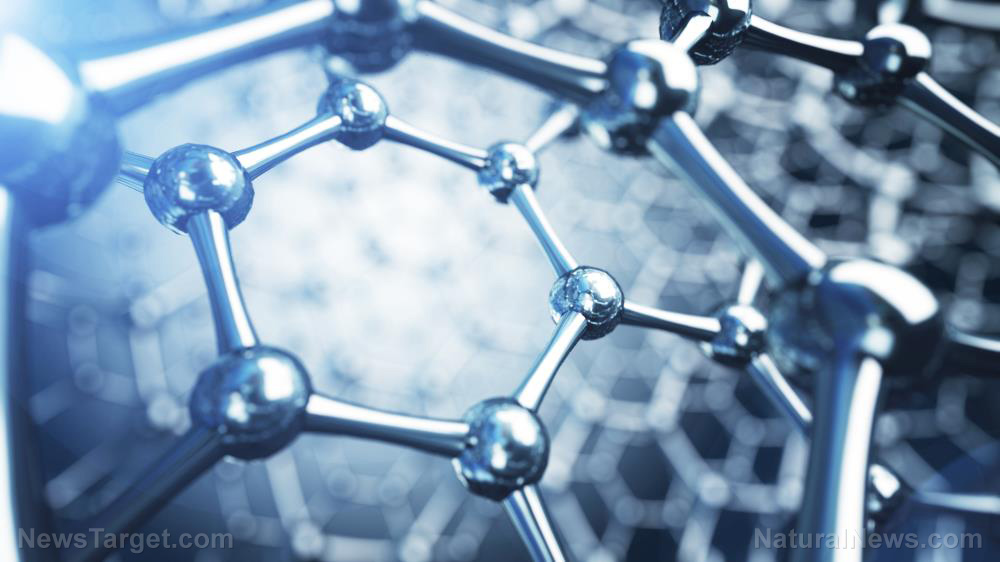
Scottish researchers have reported a new type of matter with an unusual dual nature. In a chain-melted state caused by intense heat and pressure, potassium exists in both solid and liquid phases at the same time.
Researchers at the University of Edinburgh ran virtual scenarios of potassium where they exposed the metal to a combination of extreme heat and pressure. Their computer simulations showed how the superheated and pressurized element entered a chain-melted state.
Further, the chain-melted potassium maintained its dual solid and liquid states even after the researchers made drastic alterations to the temperature of the simulated environment.
The results of the Edinburgh simulation indicated that the chain-melted state is not just a transition between the solid and liquid phases. Instead, it is a permanent type of matter.
While the researchers held their experiment in a virtual environment, they had a good idea of the properties of the chain-melted potassium in the real world.
“It would look and feel like a solid, so you could pick it up, then there's a liquid part in it that could leak out,” explained Edinburgh researcher Andreas Hermann. “But once the liquid gets lost from the material, some of the solid part would melt to replenish it.” (Related: Novel electrolytic process with plasma could open new doors in renewable energy.)
Potassium behaves weirdly under high pressure, so what happens if you add high temperatures?
An earlier experiment by Hermann and his colleagues established that potassium behaved oddly. When they put the extremely reactive metal under considerable pressure, the element produced crystals with a unique structure.
Pressurized conditions caused the atomic arrangement of potassium to change from simple to complex. It formed two separate lattices of crystals that wove together.
During their latest study, the Edinburgh researchers added a twist to the scenario. In addition to extreme pressure, they applied high temperature to potassium.
To expand the number of atoms available for tests, they implemented machine learning techniques into their simulations. Their improved computer models generated a whopping 20,000 individual atoms.
Their updated simulation showed that potassium acted even more oddly under both extreme heat and pressure. Its atoms still created the two lattices, but each structure displayed different properties.
One lattice featured strongly connected atoms. This framework remained in a solid phase even when the structure experienced considerable heat.
The other lattice, however, stopped giving off detectable signals. Its atoms grew disconnected and disorderly, suggesting that they transitioned from solid to liquid.
Potassium that achieved the dual-phase chain-melted state maintained its partially solid, partially liquid state. Even increasing the temperature by hundreds of degrees did not alter the samples.
Other elements may also achieve a chain-melted state
Other elements also create two interlocked lattices of crystals when subjected to immense pressure. Some of them sit near potassium on the periodic table, while others appear elsewhere on the tabular display.
Hermann believed that these oddly behaving elements might achieve the same, simultaneously solid and liquid phase of potassium if they get exposed to intense heat as well as crushing pressure. He also suggested using his team's machine learning system to test these elements for the ability to enter a chain-melted state.
“This is the proof of principle: a computationally cheap technique that can describe materials across a wide range of pressures and temperatures, including some very exotic states like the one we wrote this paper about,” Hermann said. “That's our aim, to move on to other materials where we can answer different materials-science related questions.”
He and his teammates released their findings on chain-melted state potassium in the scientific journal Proceedings of the National Academy of Sciences.
Sources include:
Please contact us for more information.





















